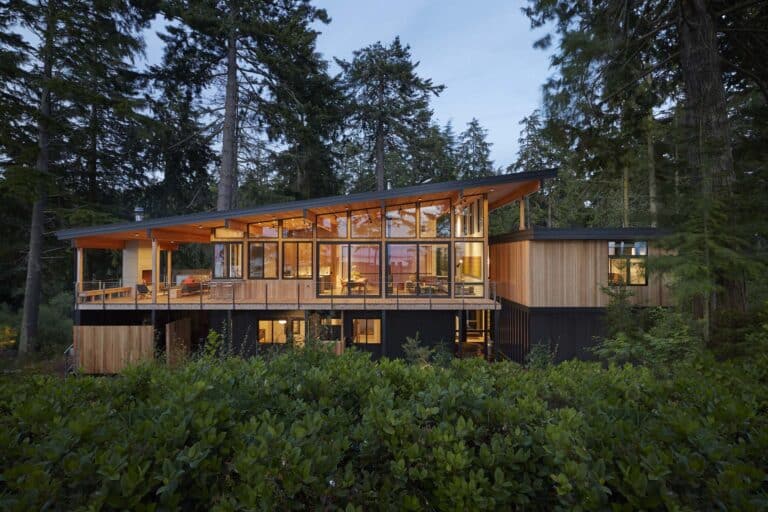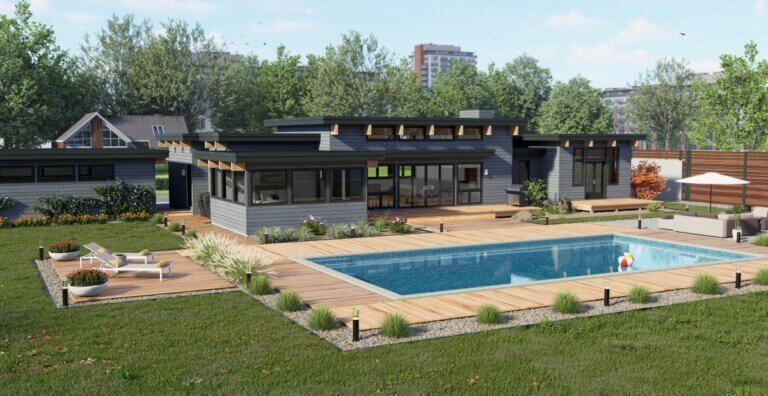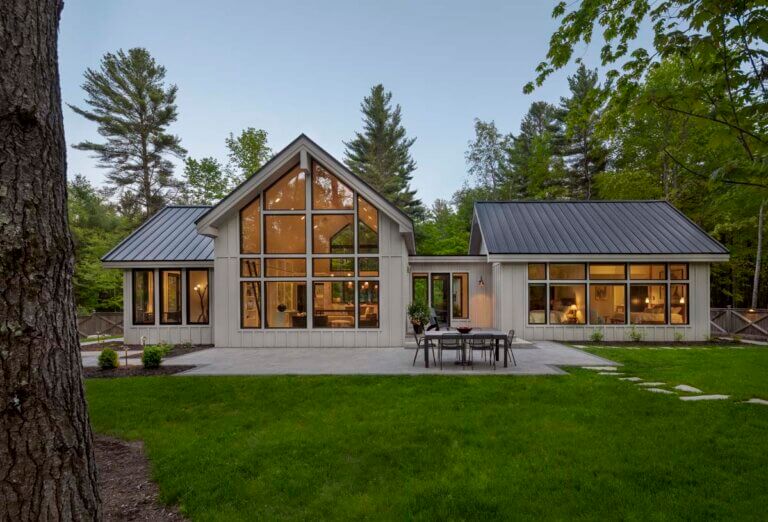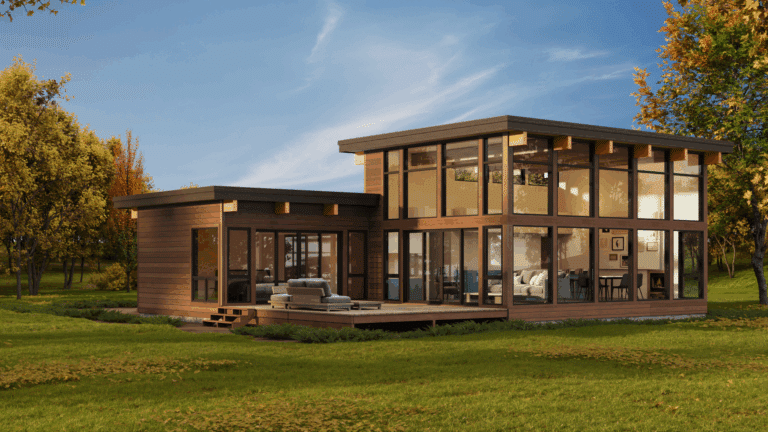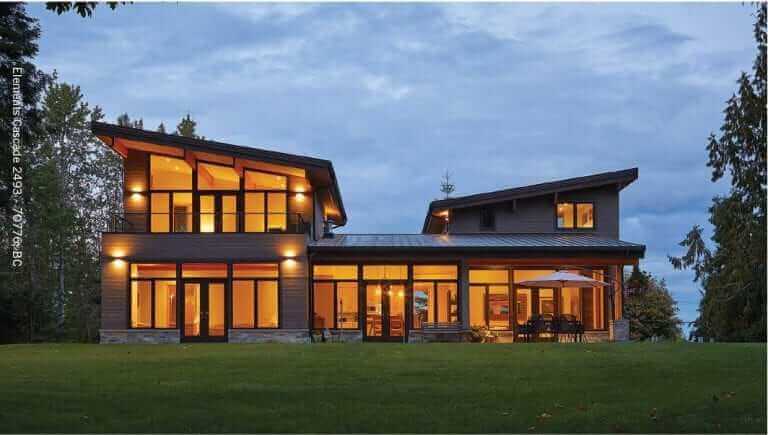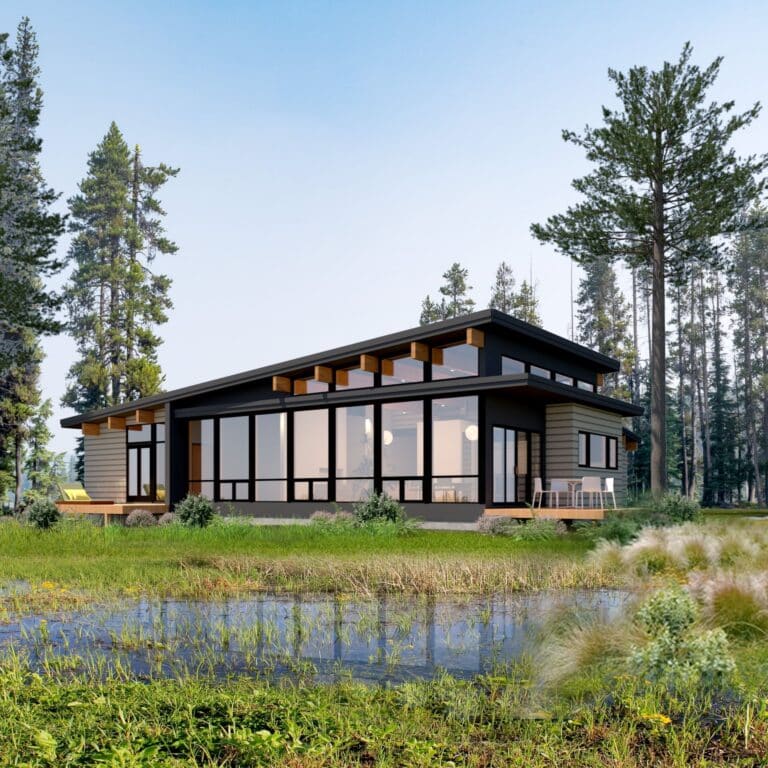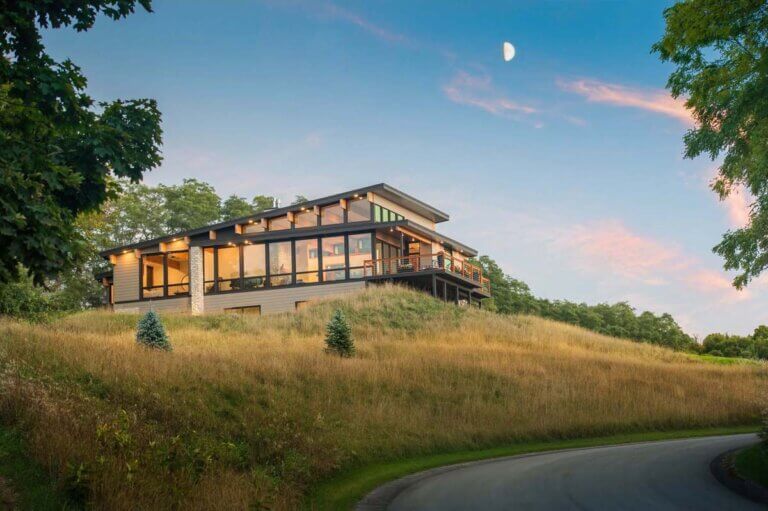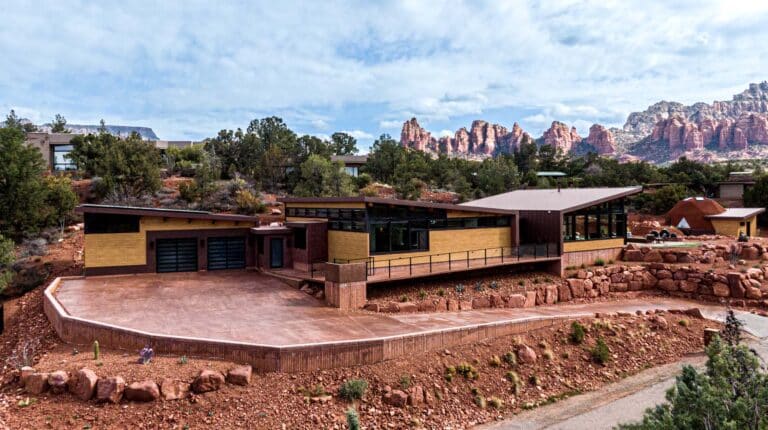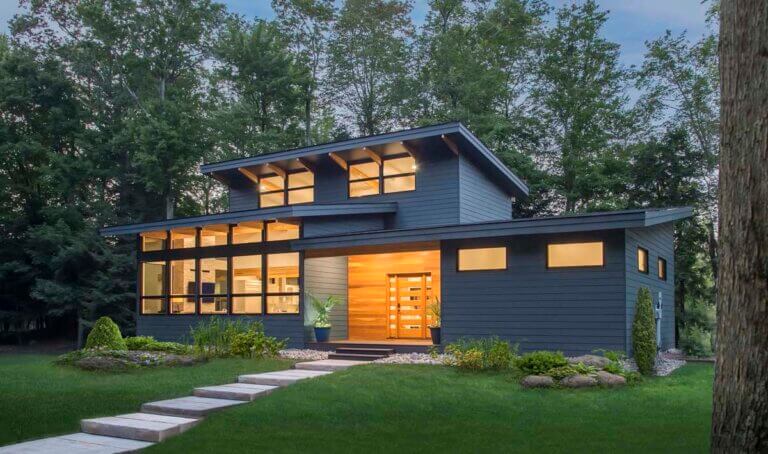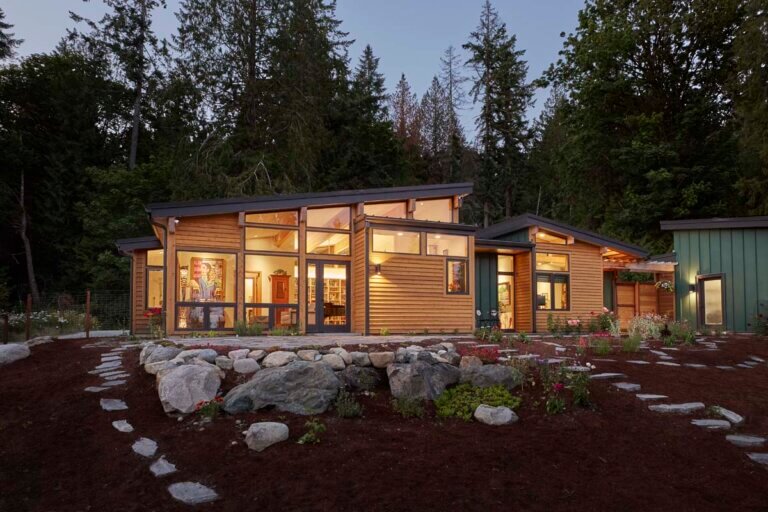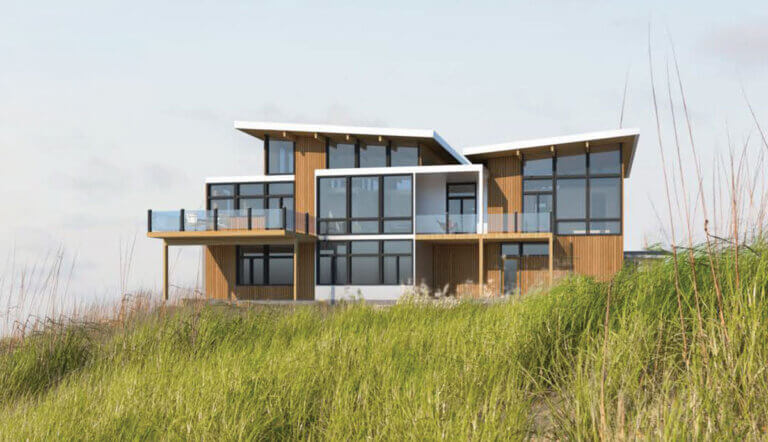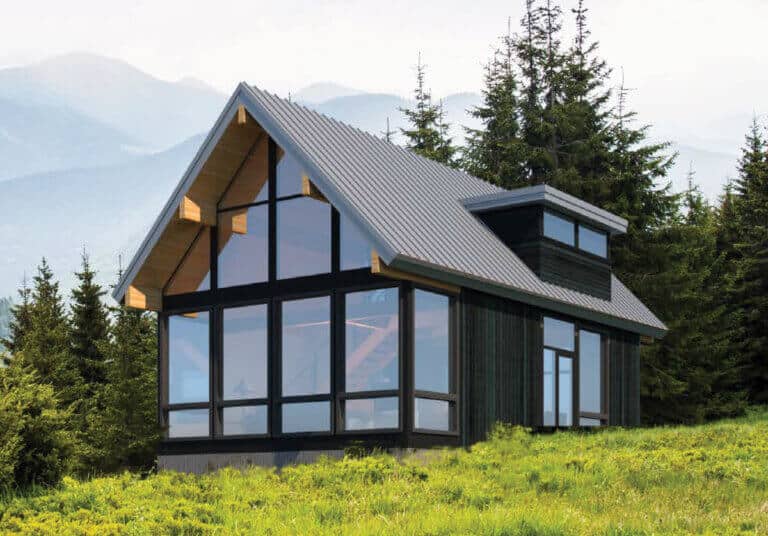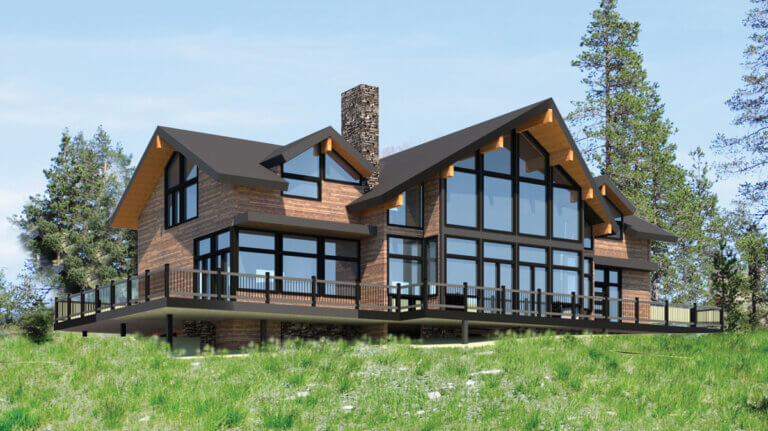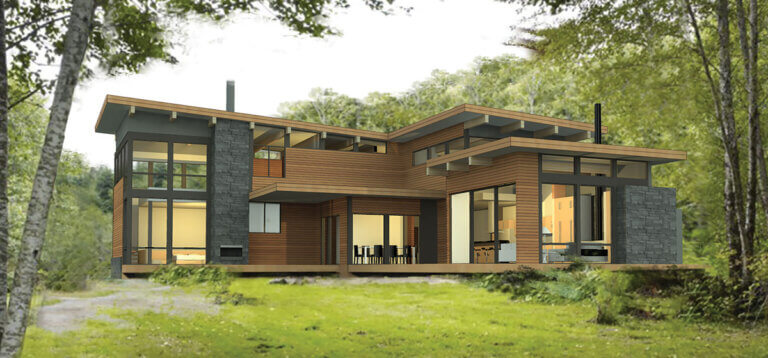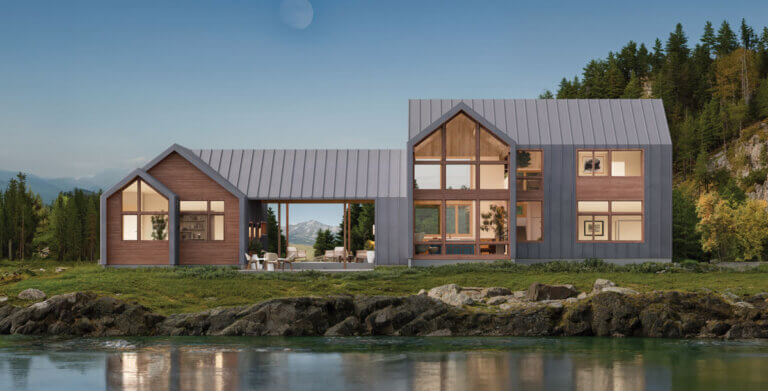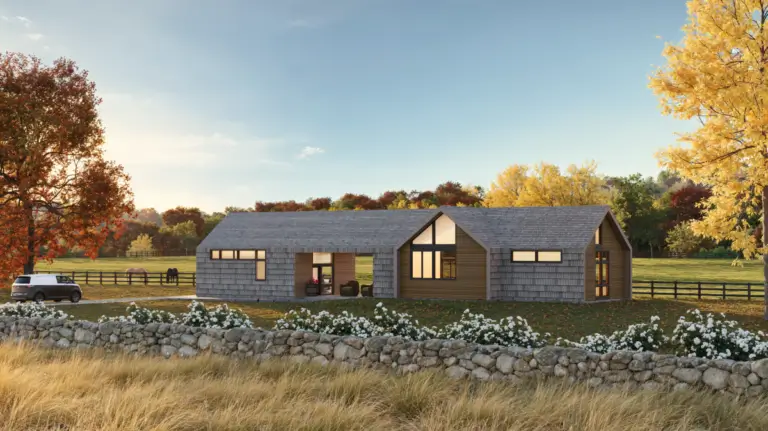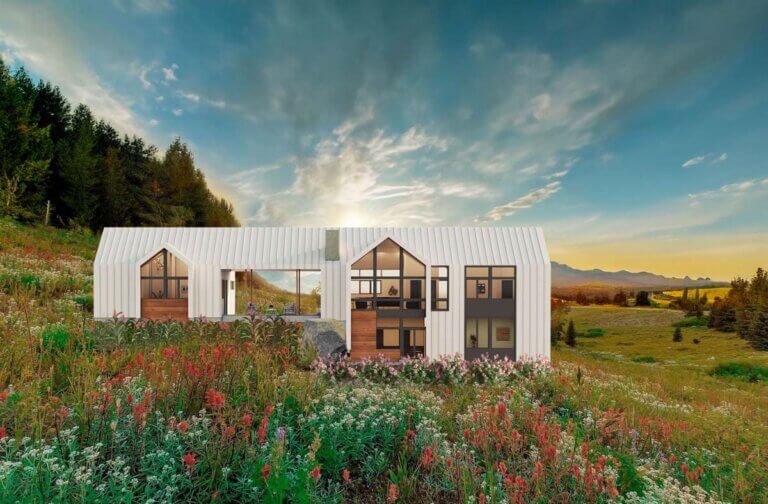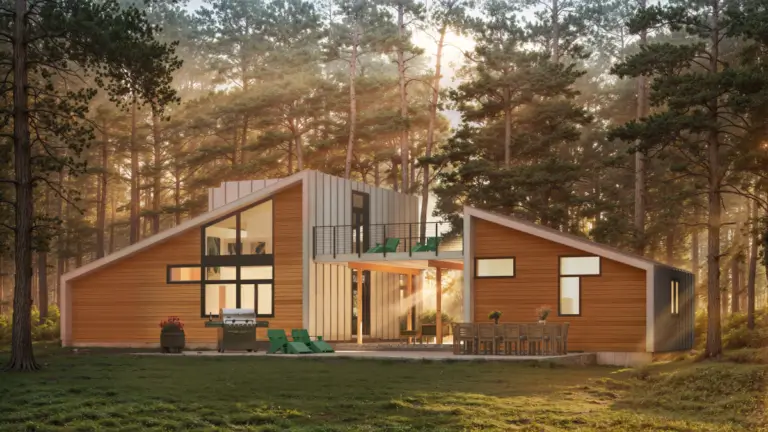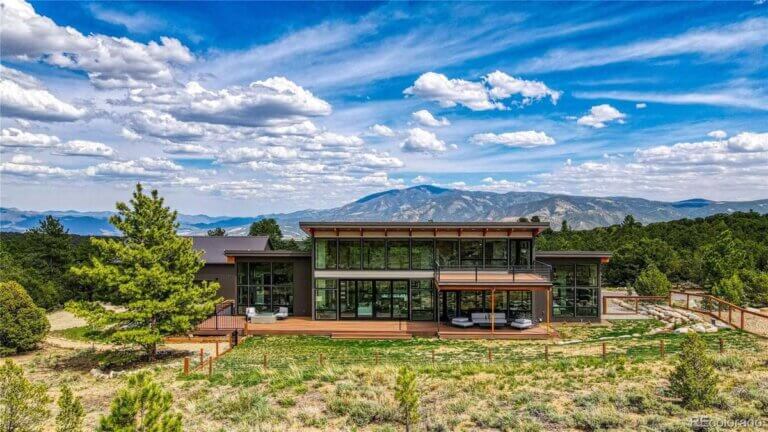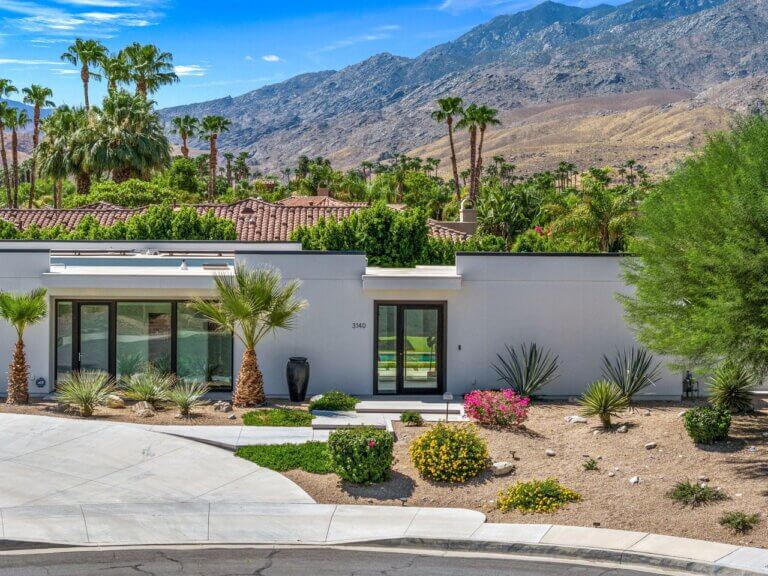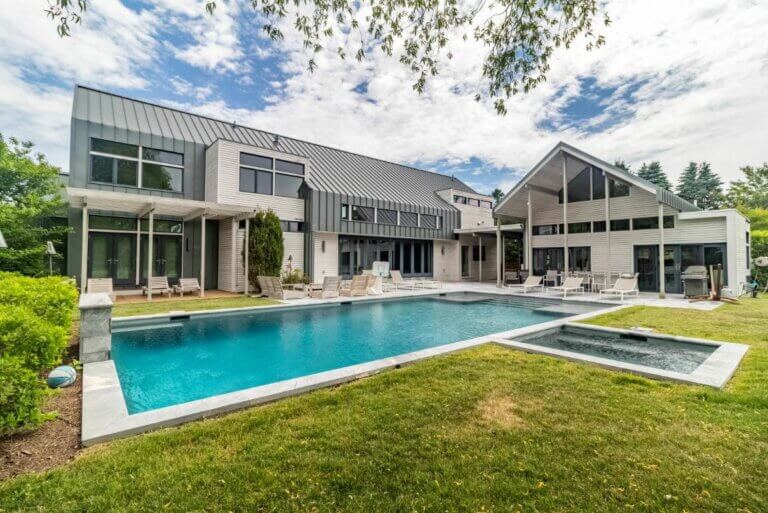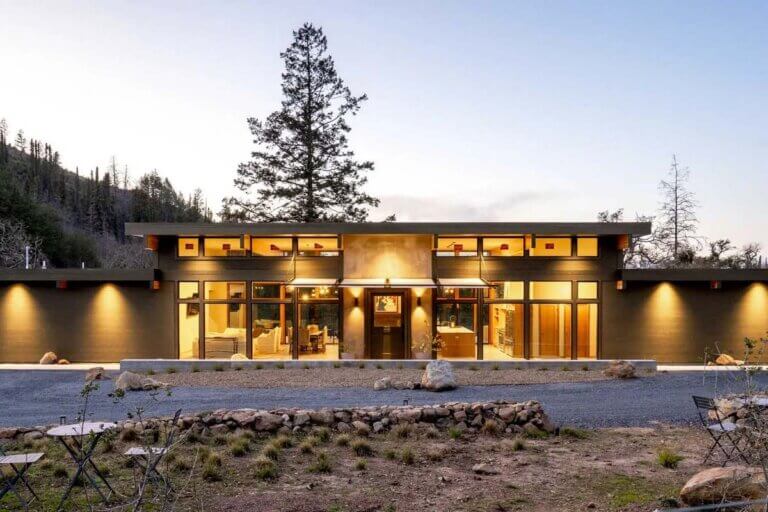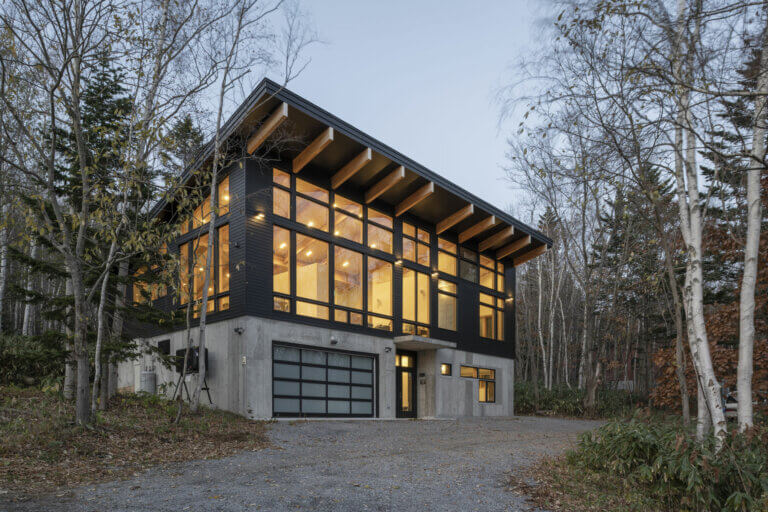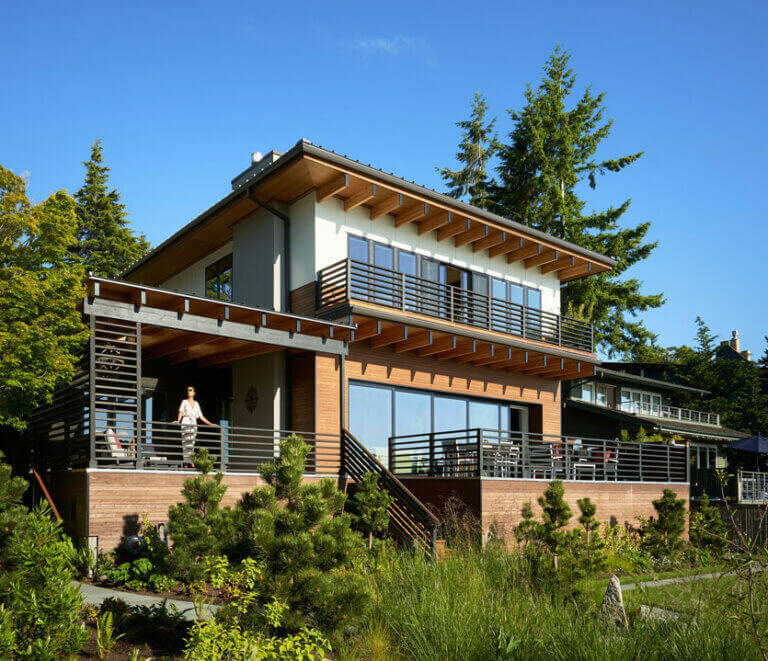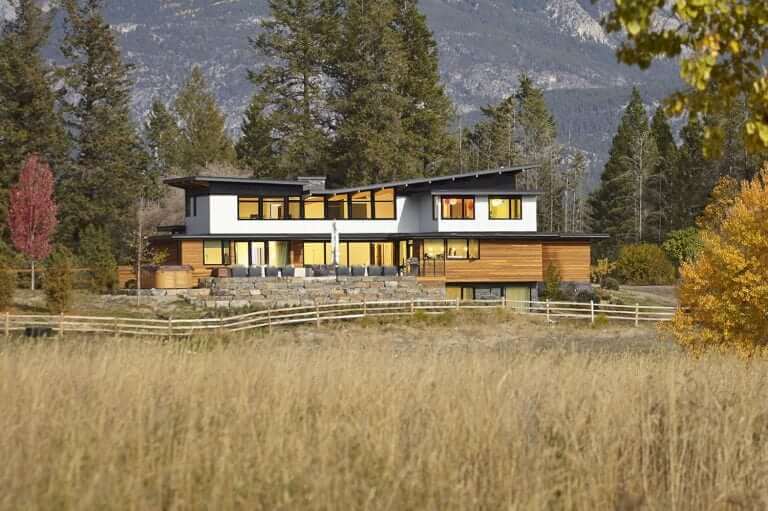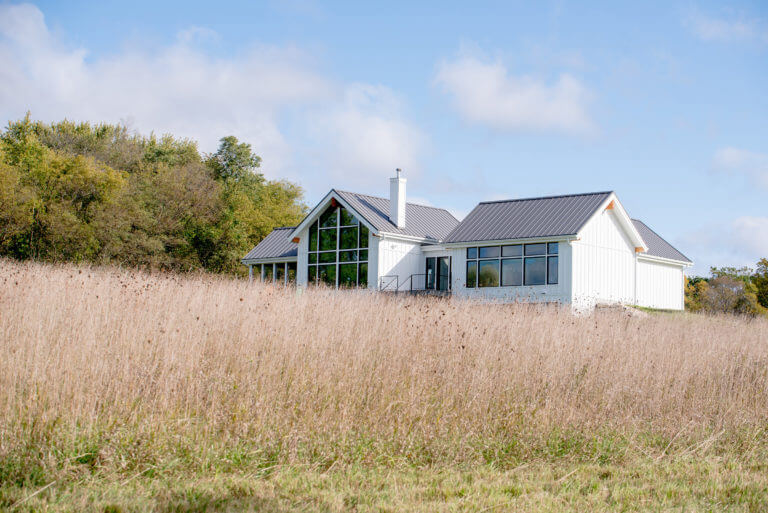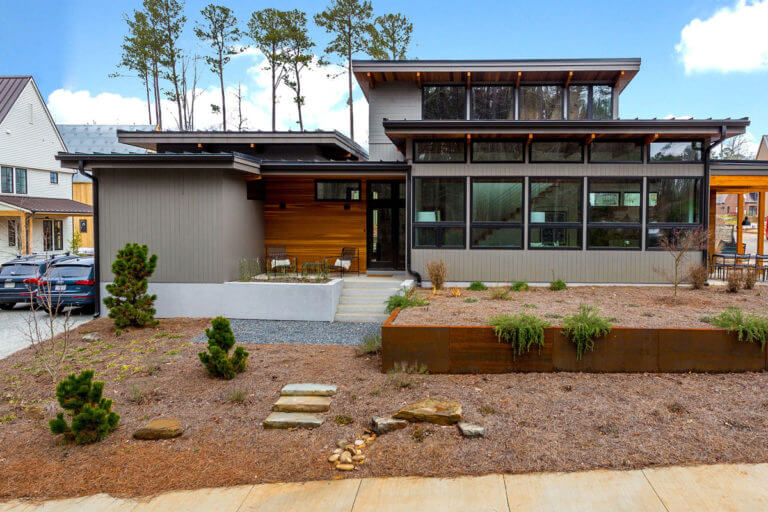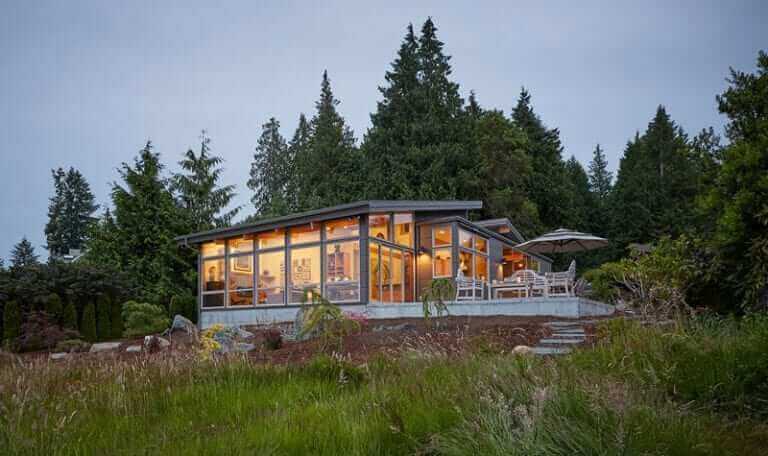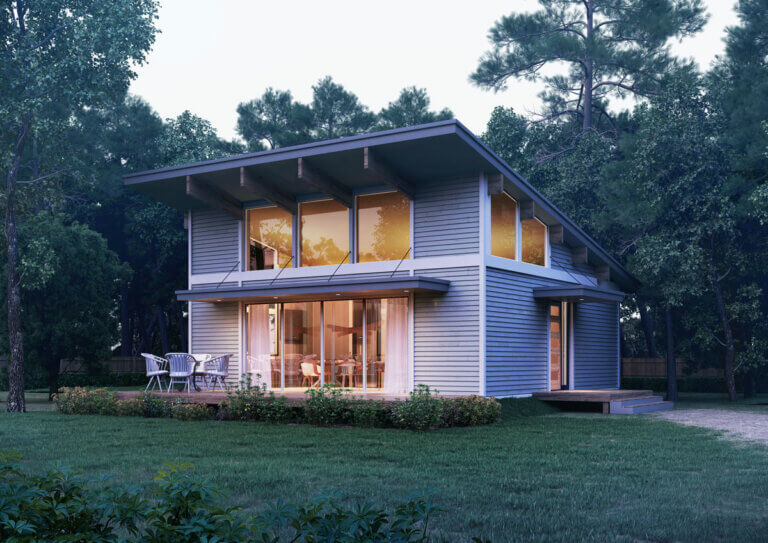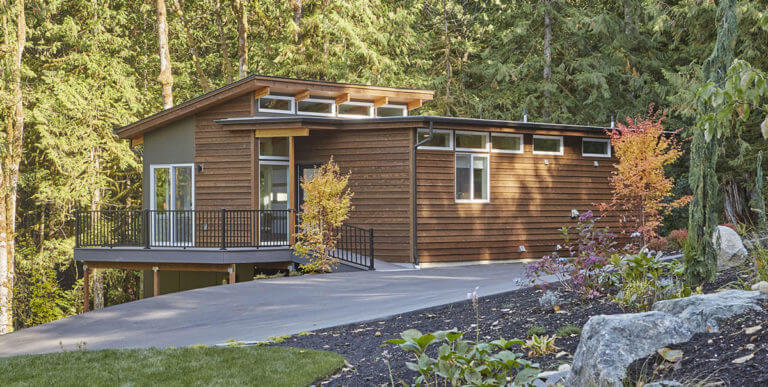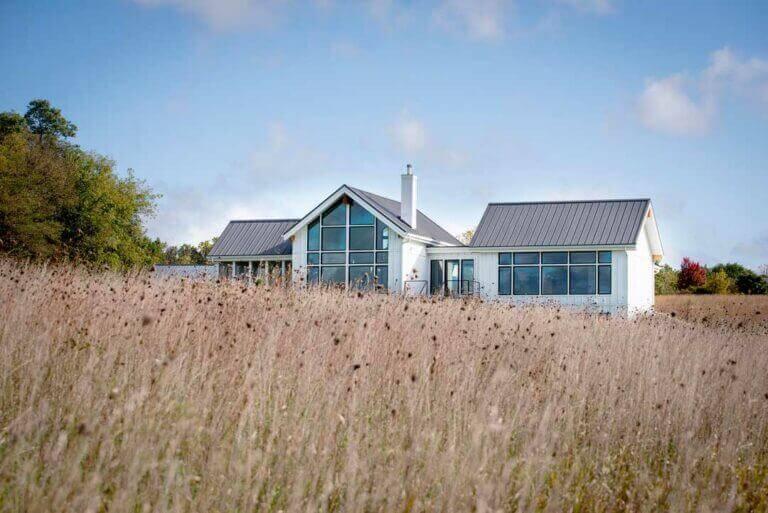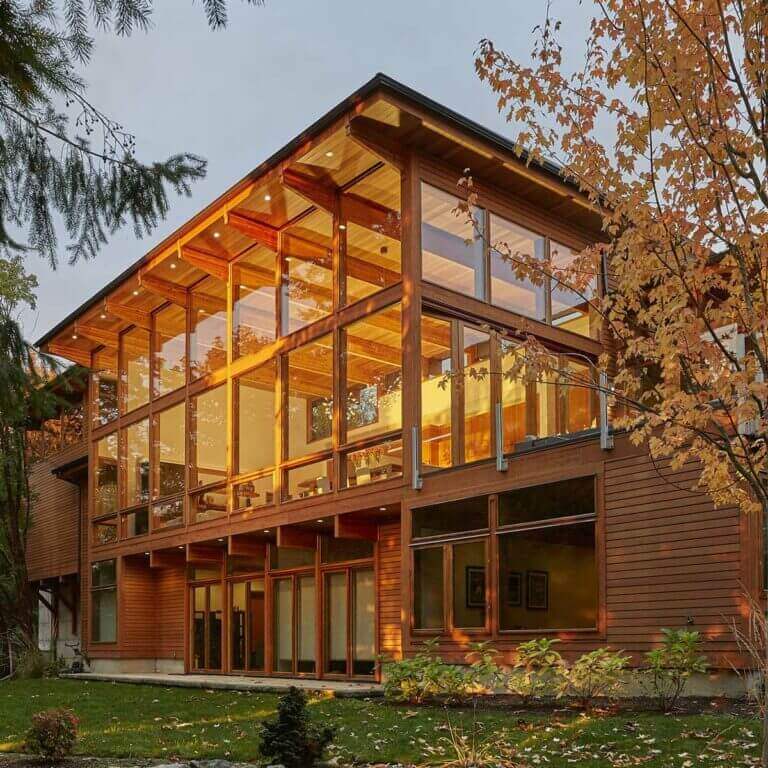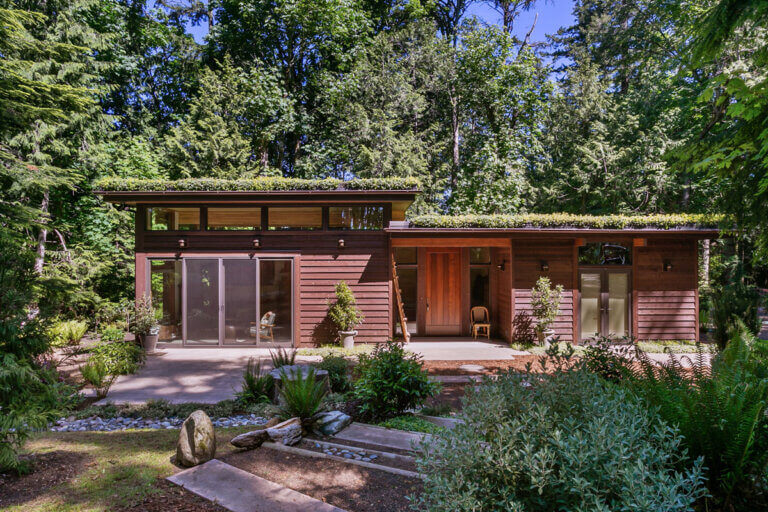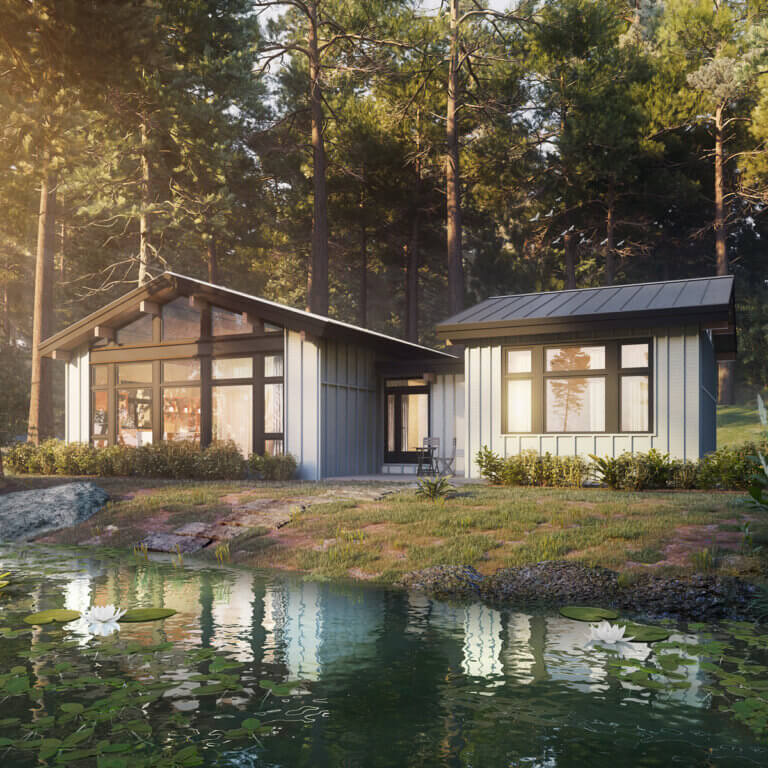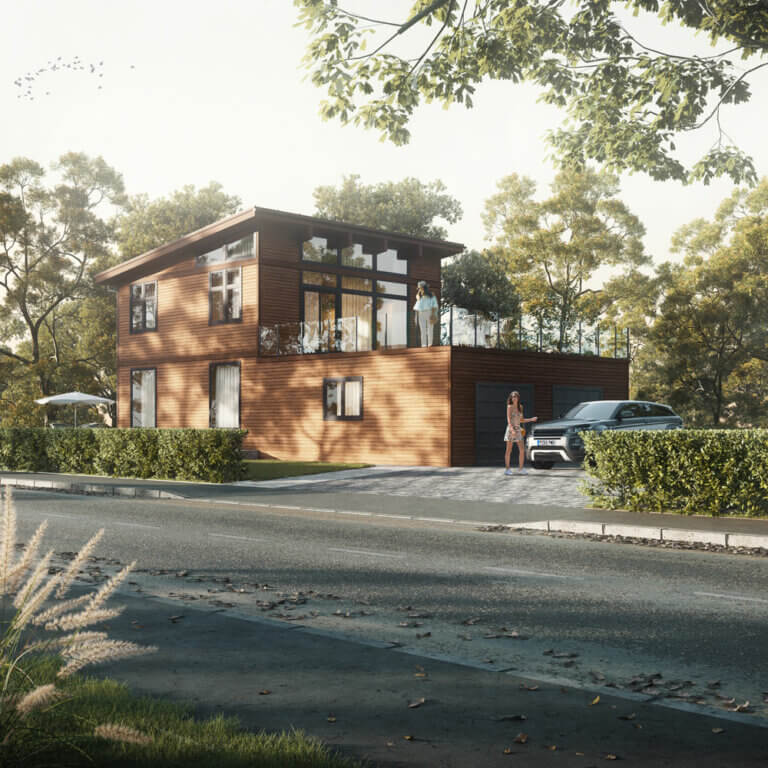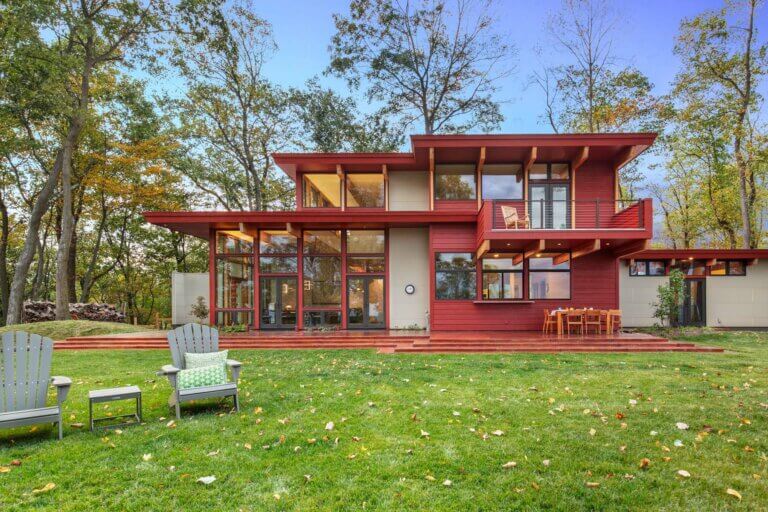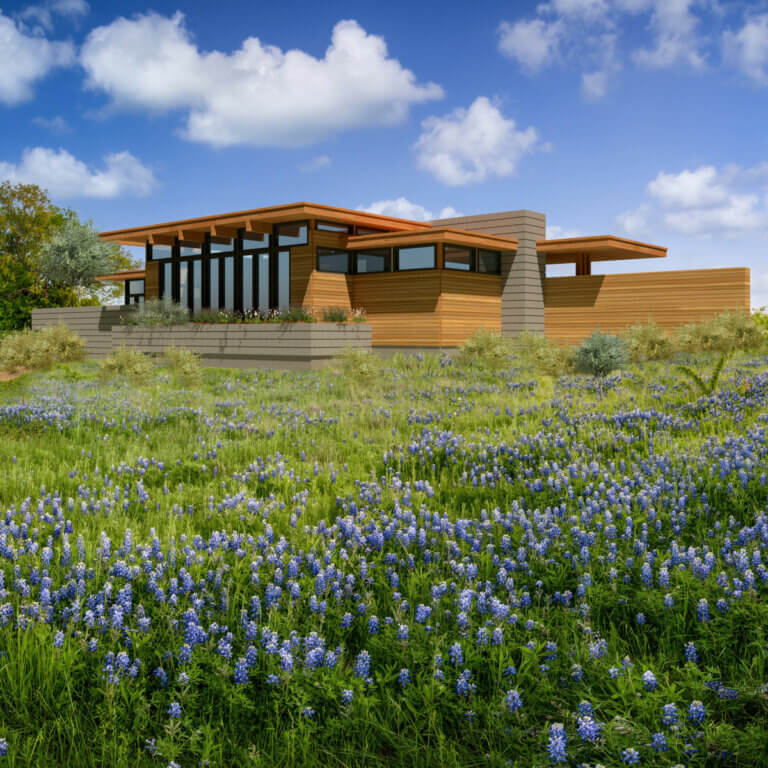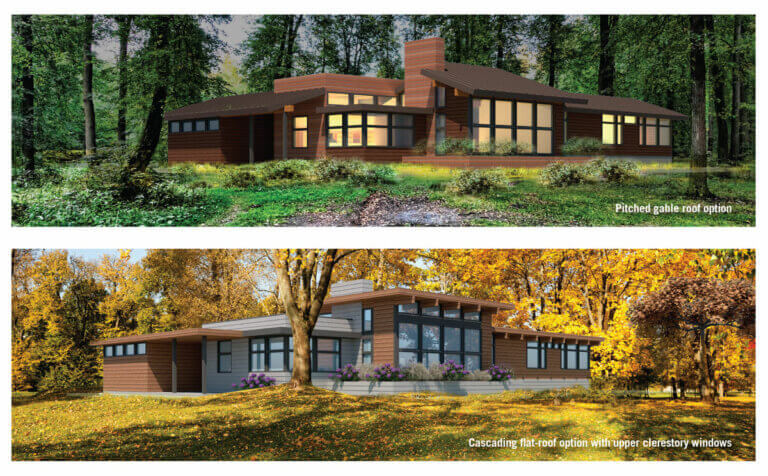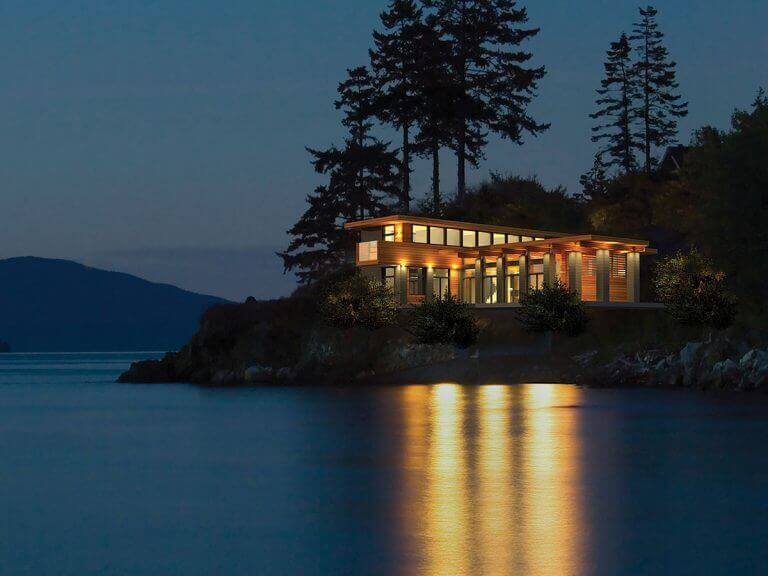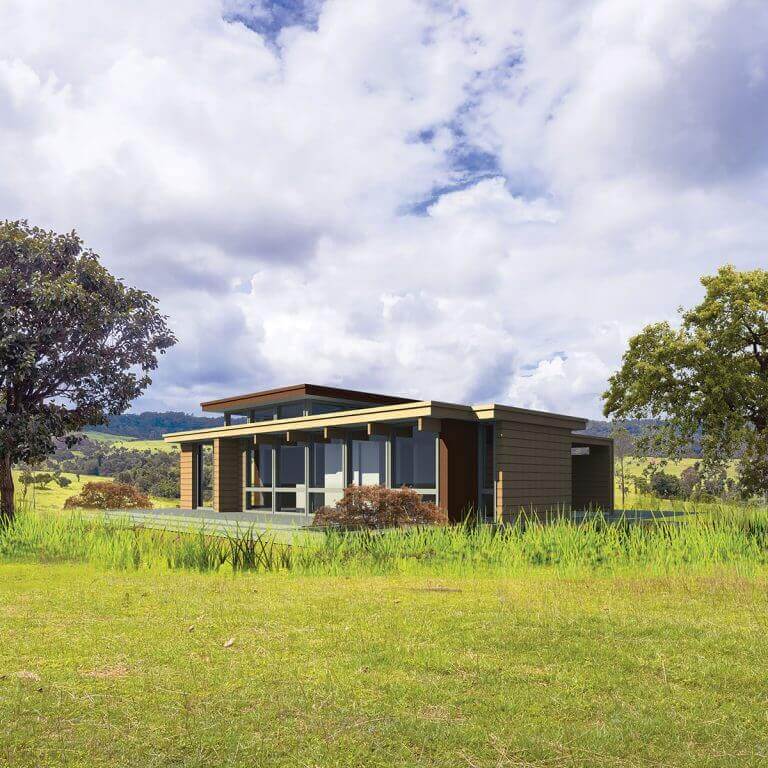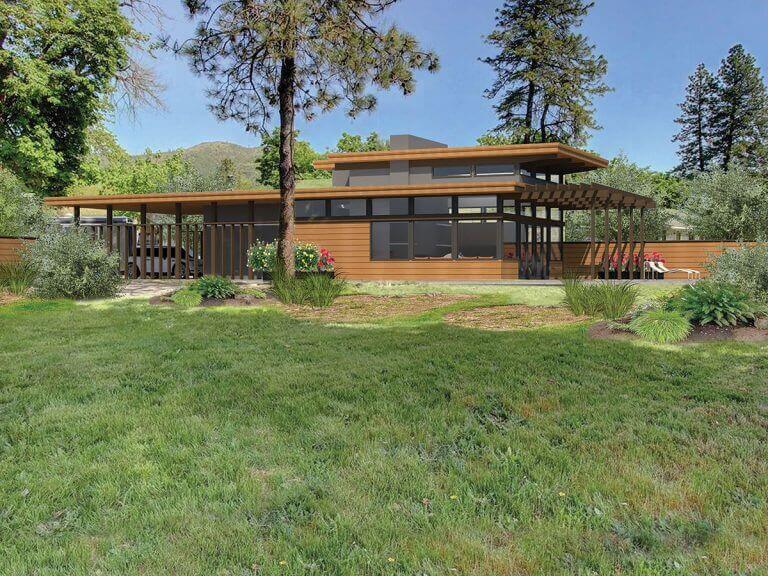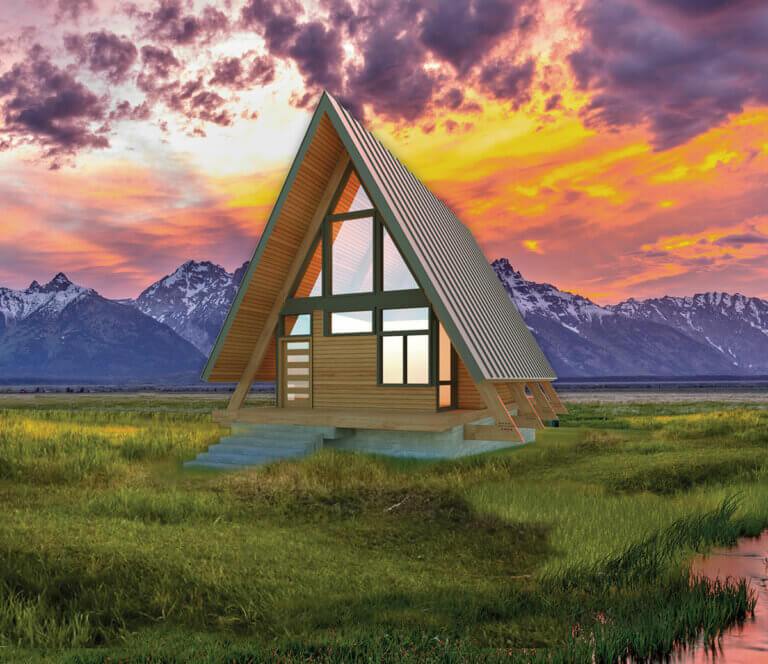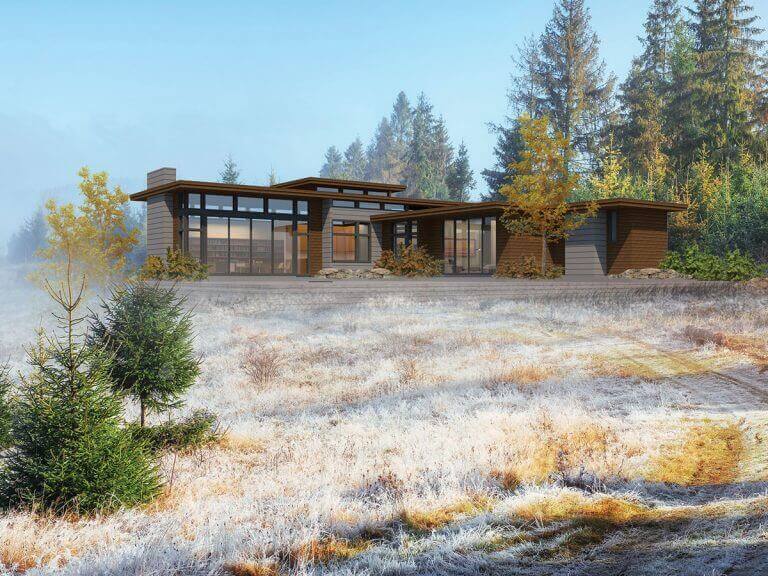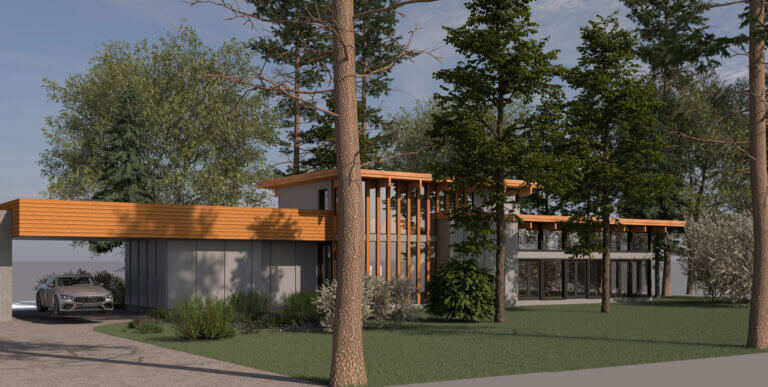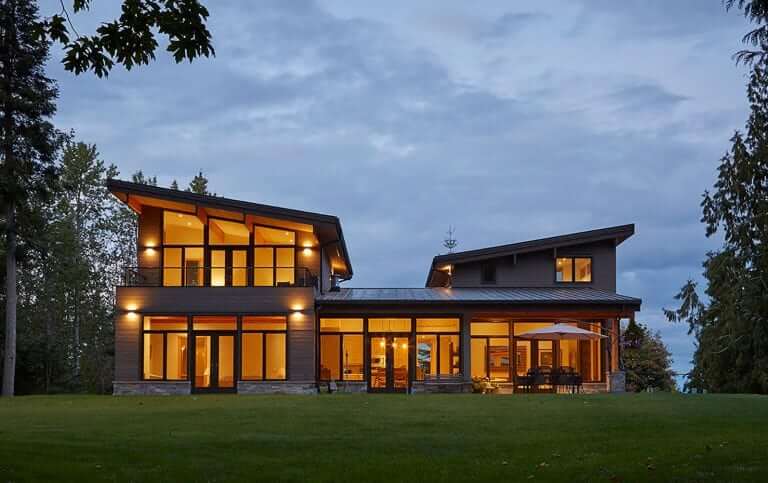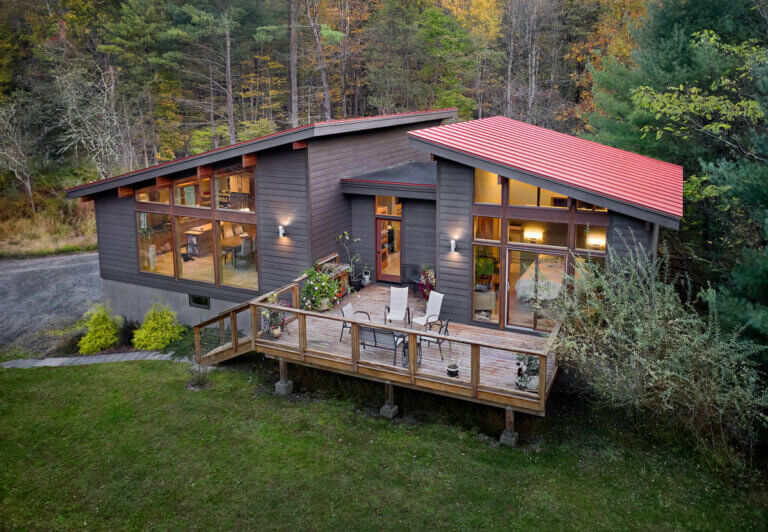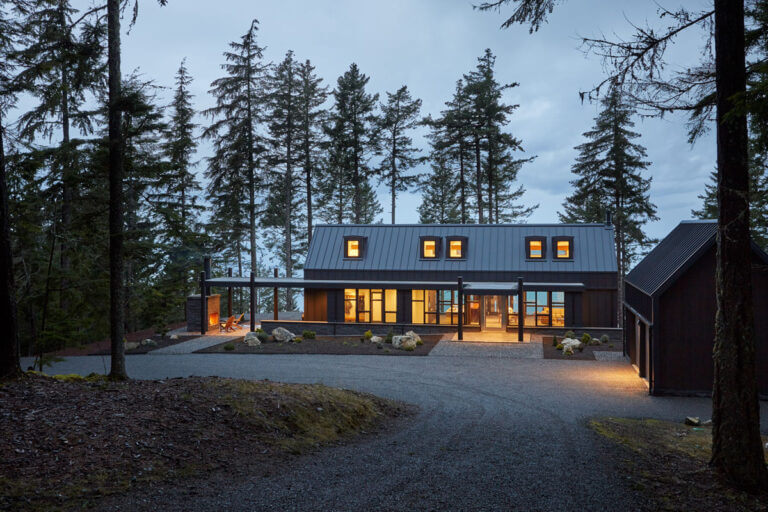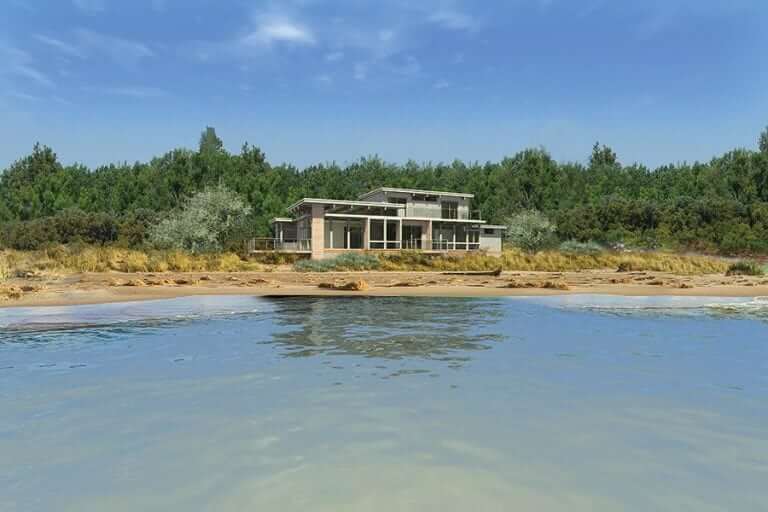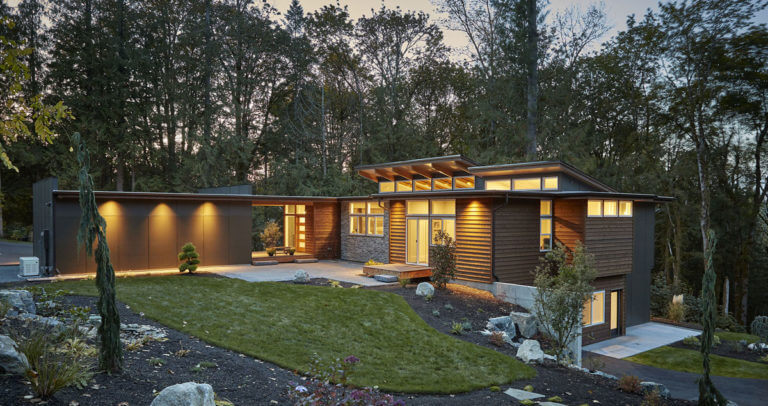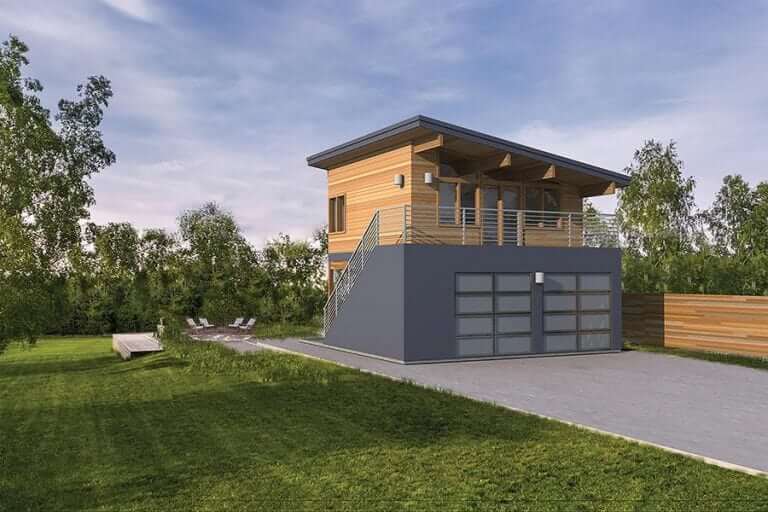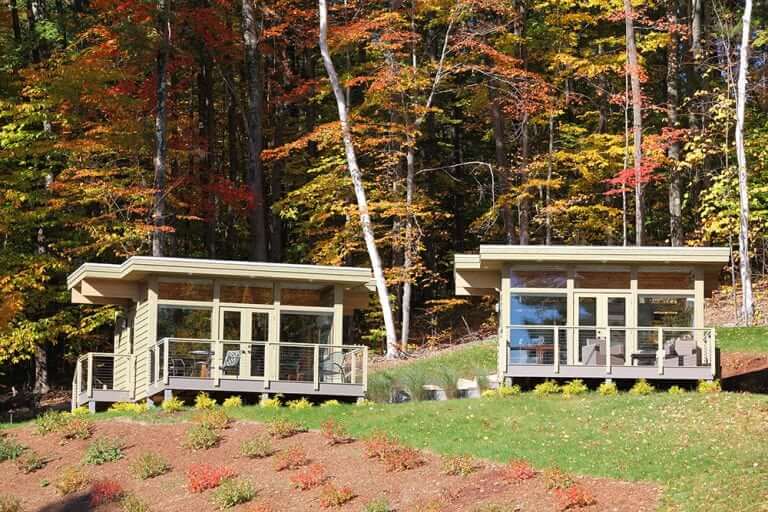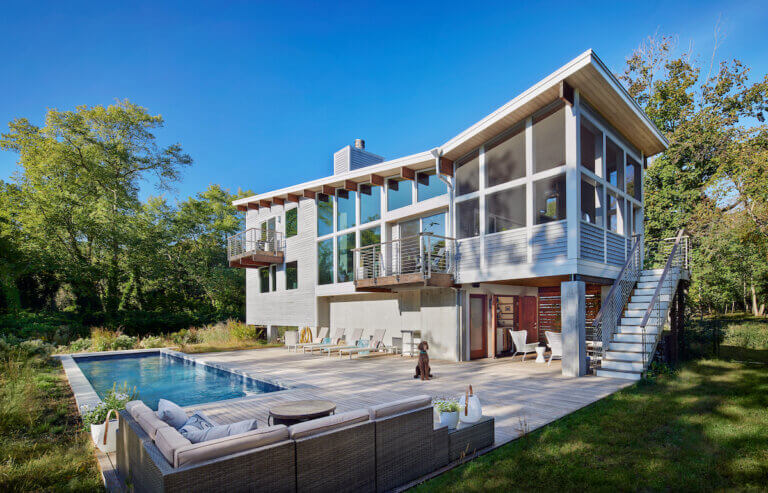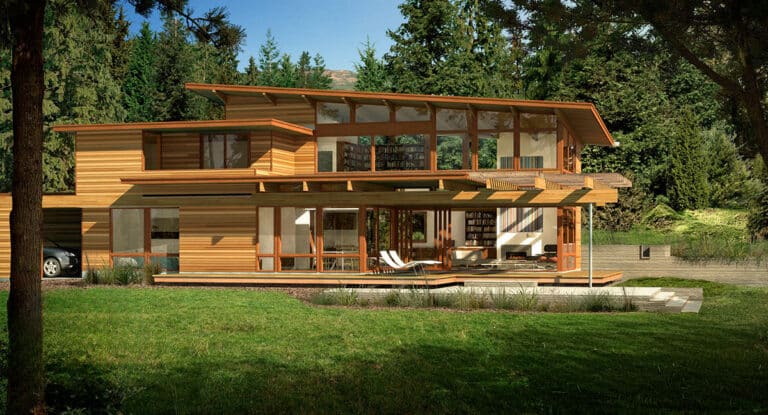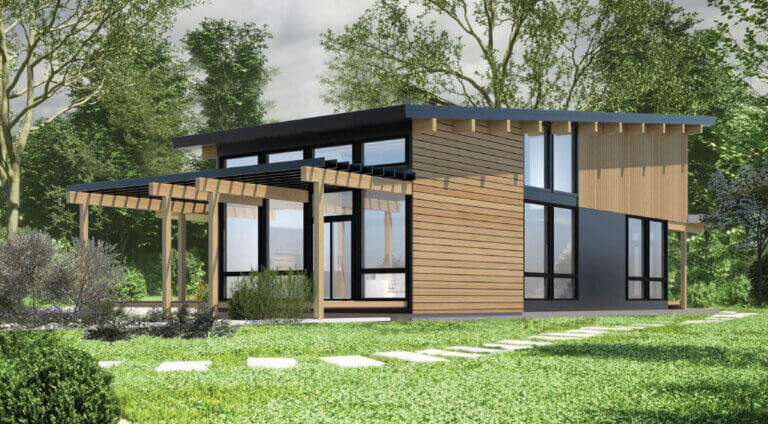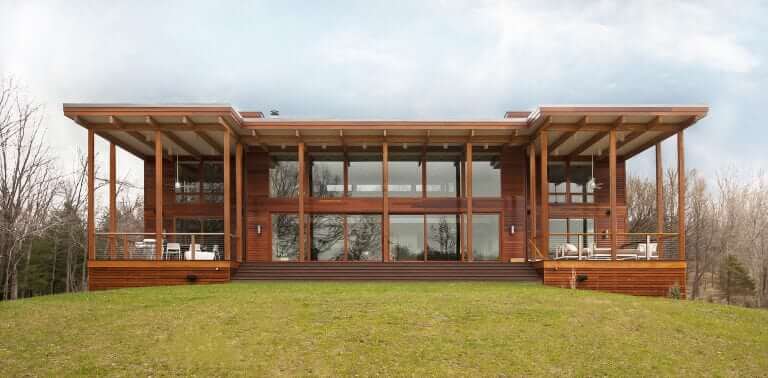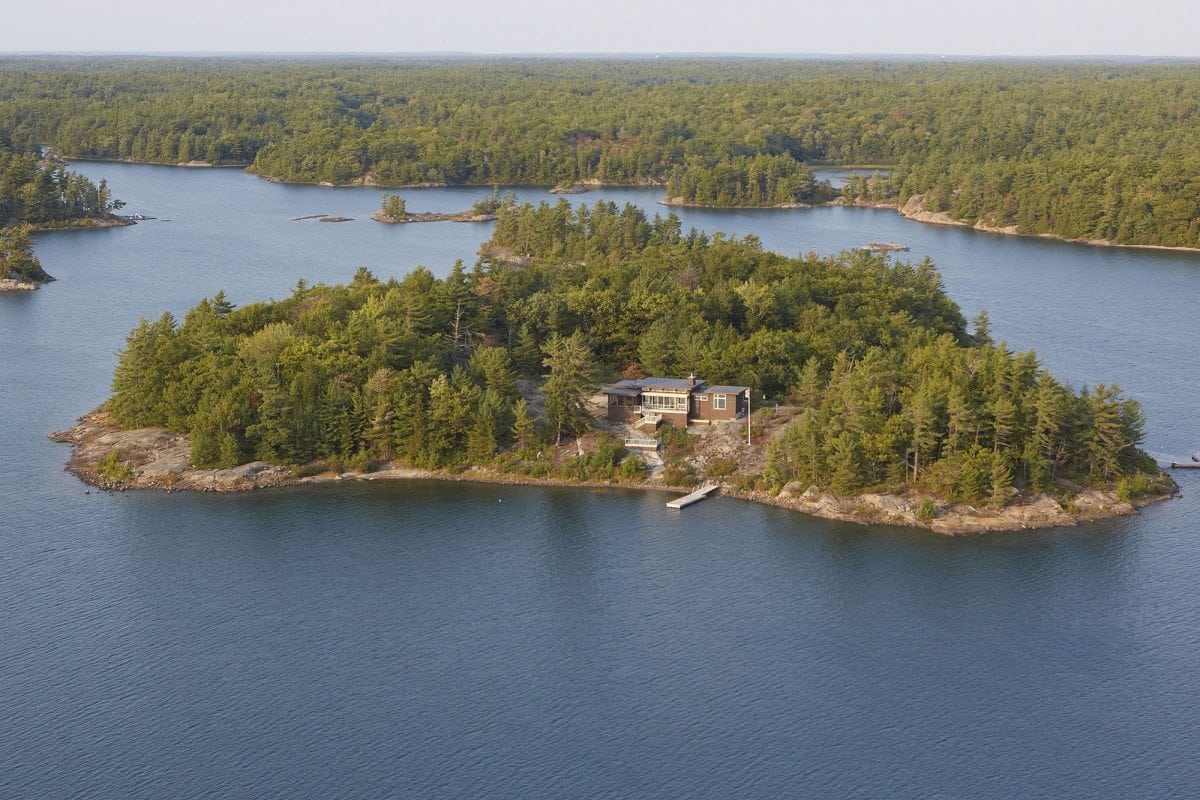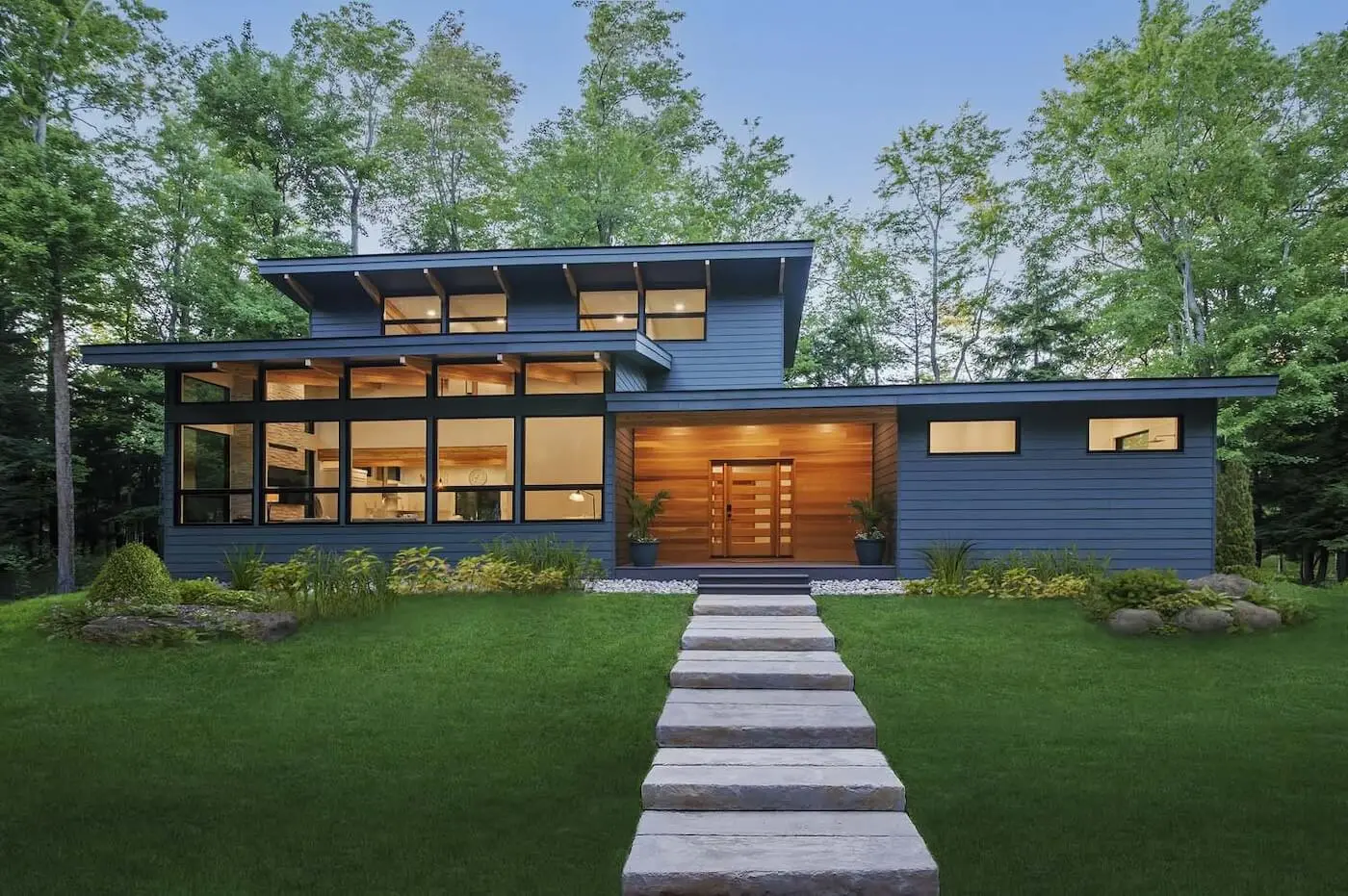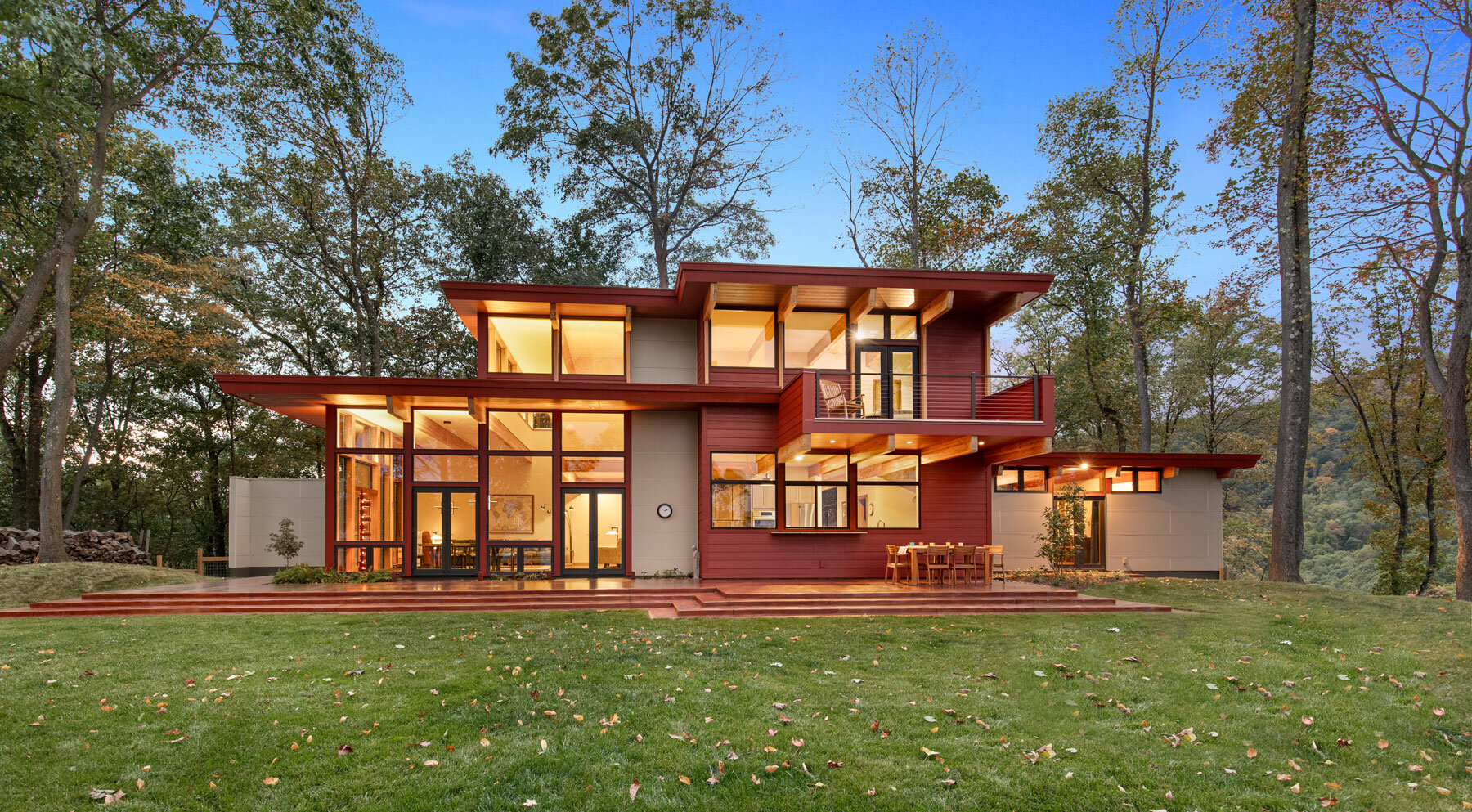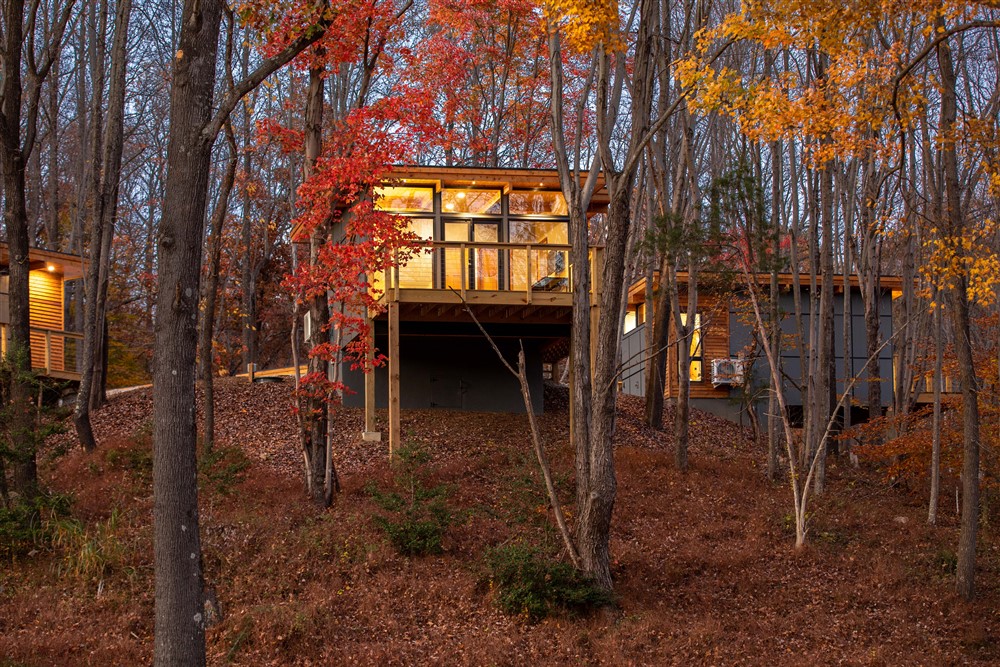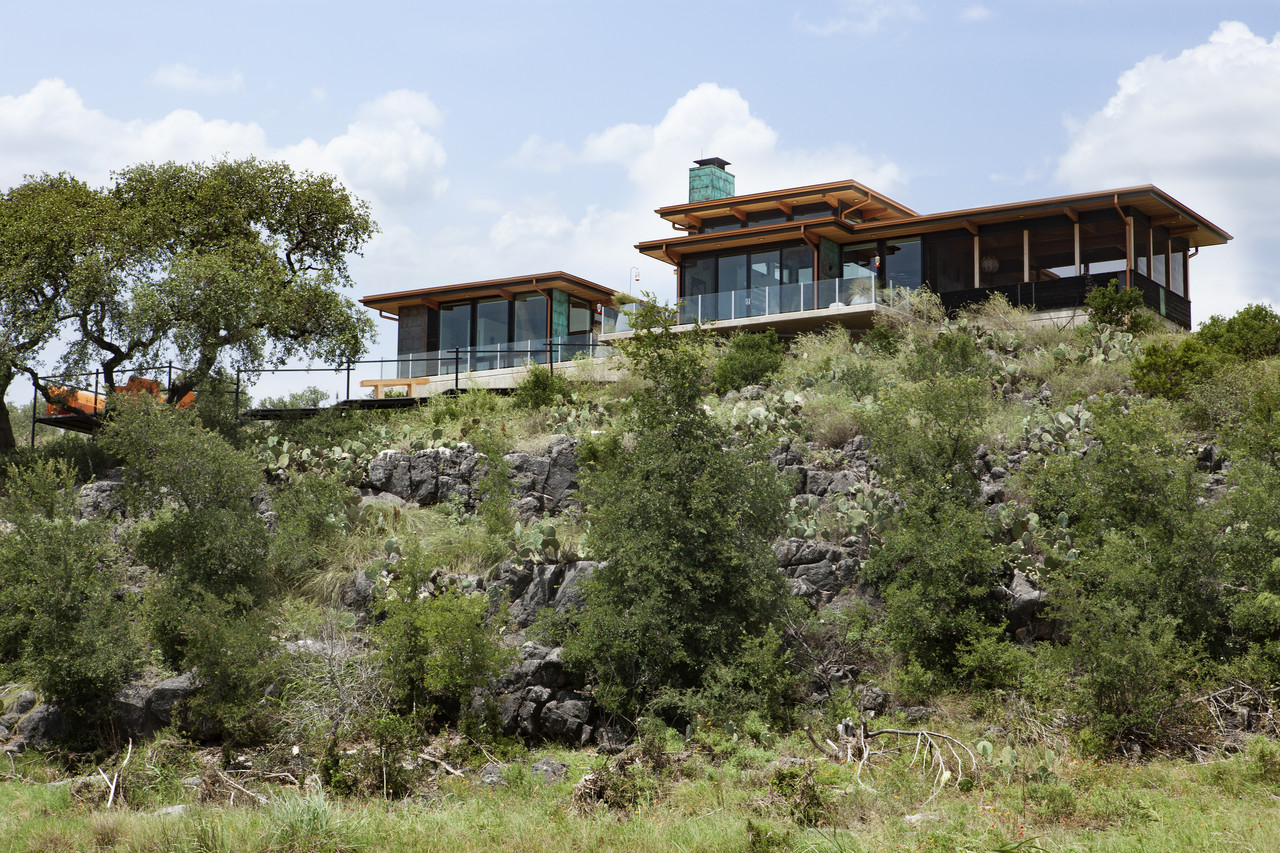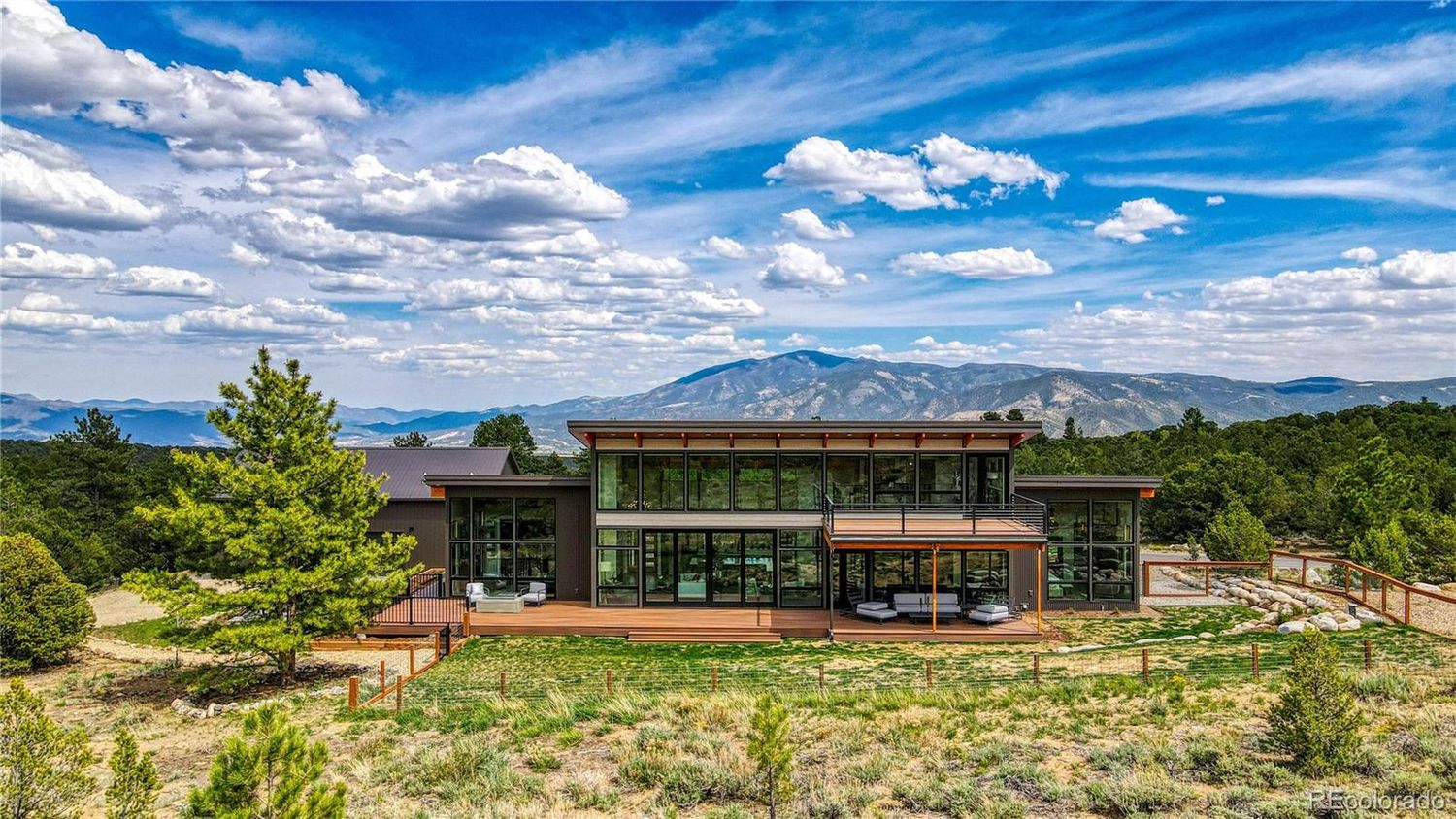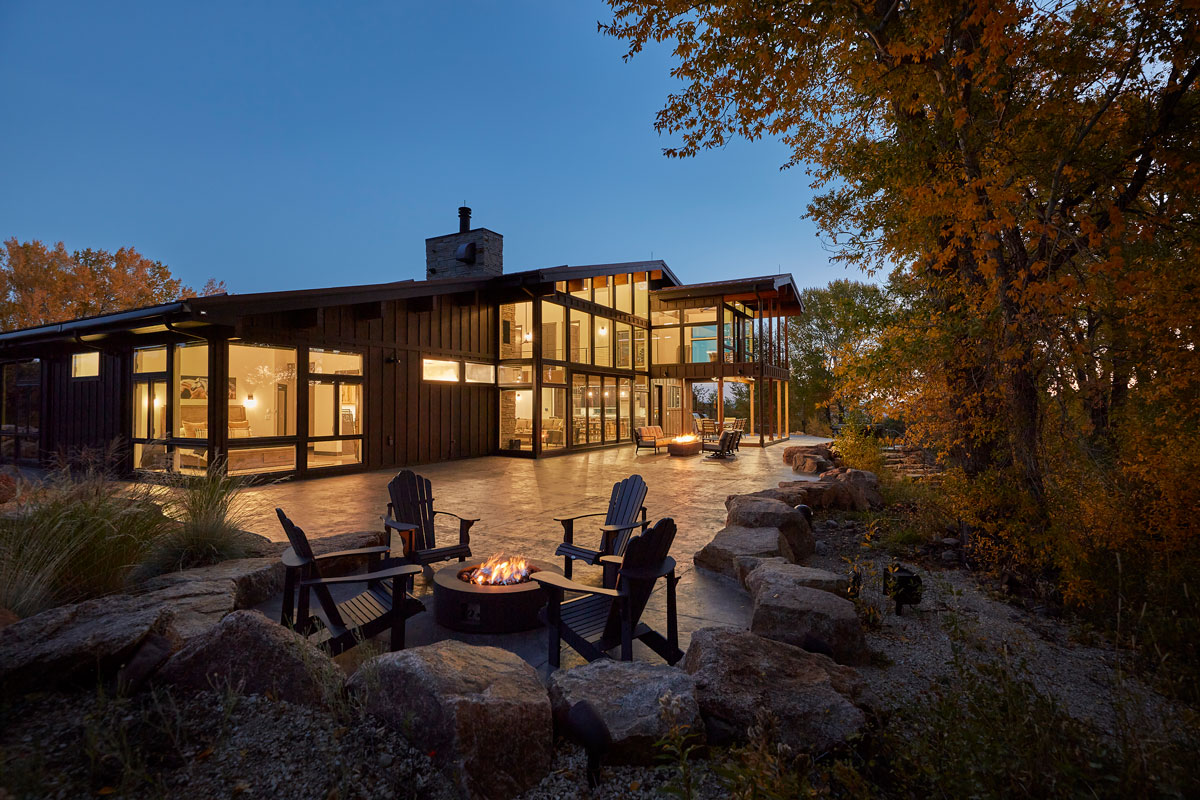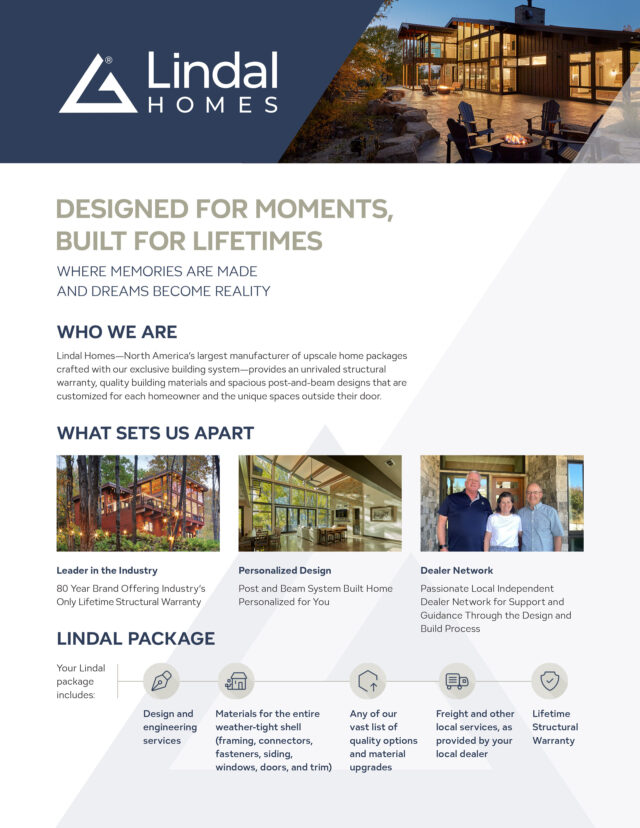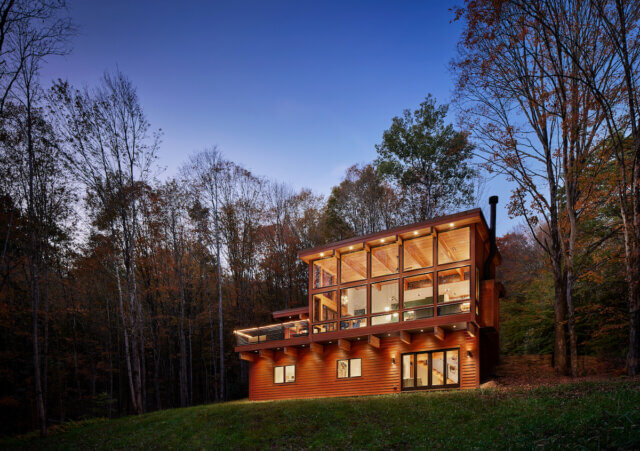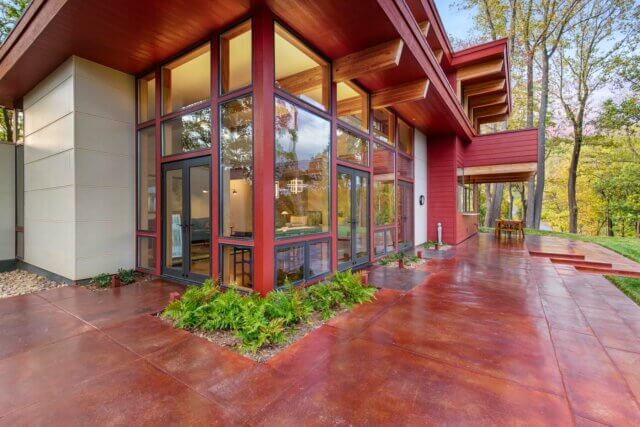Modern Home Design
At Lindal, we’re always finding new ways to express the best in modern residential style. Our approach to contemporary homes includes clean lines and lower-pitched roof profiles. Our modern prefab homes make a strong architectural statement with flexible and highly functional interior spaces.
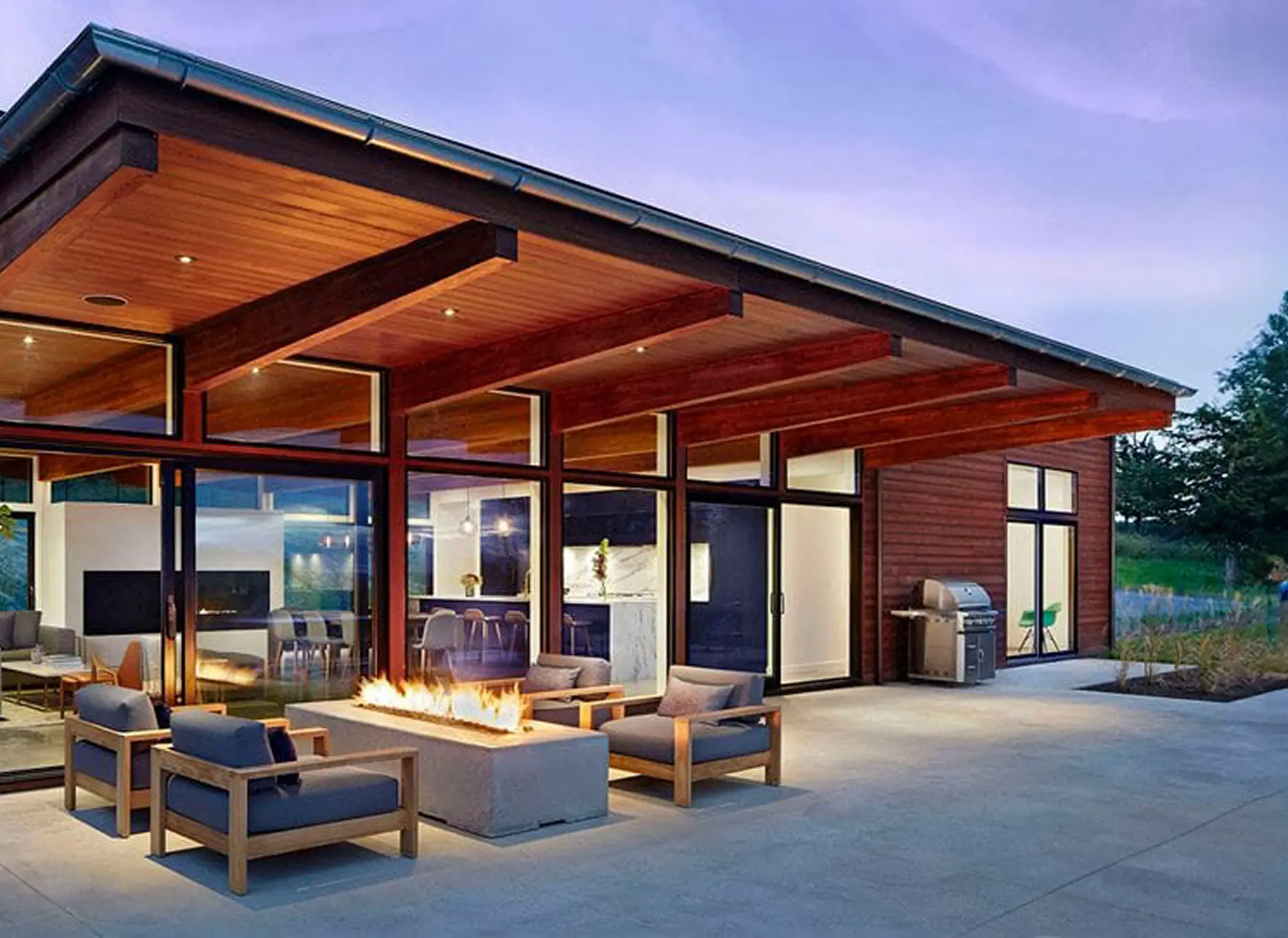
Modern Home Design
-
OM Studio
-
3 Beds
-
3 Baths
-
3,013 SF
-
-
-
3 Beds
-
2 Baths
-
1,283 SF
-
-
-
3 Beds
-
3 Baths
-
2,254 SF
-
-
-
3 Beds
-
3 Baths
-
1,593 SF
-
-
-
2 Beds
-
2 Baths
-
1,302 SF
-
-
-
4 Beds
-
4 Baths
-
3,511 SF
-
-
Quick Ship
-
1 Beds
-
2 Baths
-
1,740 SF
-
-
-
4 Beds
-
4 Baths
-
4,320 SF
-
-
-
3 Beds
-
3 Baths
-
2,246 SF
-
-
-
4 Beds
-
3 Baths
-
4,700 SF
-
-
-
3 Beds
-
3 Baths
-
3,100 SF
-
-
-
3 Beds
-
3 Baths
-
2,335 SF
-
-
Net Zero Home
-
2 Beds
-
3 Baths
-
1,377 SF
-
-
-
3 Beds
-
3 Baths
-
2,900 SF
-
-
-
1 Beds
-
1 Baths
-
1,261 SF
-
-
-
3 Beds
-
2 Baths
-
1,996 SF
-
-
-
3 Beds
-
4 Baths
-
4,026 SF
-
-
-
5 Beds
-
4 Baths
-
4,215 SF
-
-
-
3 Beds
-
4 Baths
-
3,045 SF
-
-
-
4 Beds
-
3 Baths
-
1,987 SF
-
-
-
3 Beds
-
3 Baths
-
1,747 SF
-
-
-
3 Beds
-
3 Baths
-
2,369 SF
-
-
Popular Design
-
2 Beds
-
3 Baths
-
1,821 SF
-
-
-
2 Beds
-
3 Baths
-
2,575 SF
-
-
-
3 Beds
-
3 Baths
-
2,082 SF
-
-
-
3 Beds
-
4 Baths
-
6,738 SF
-
-
-
2 Beds
-
3 Baths
-
2,616 SF
-
-
-
2 Beds
-
3 Baths
-
1,329 SF
-
-
-
4 Beds
-
4 Baths
-
3,015 SF
-
-
-
4 Beds
-
3 Baths
-
3,500 SF
-
-
-
4 Beds
-
4 Baths
-
2,990 SF
-
-
-
1 Beds
-
1 Baths
-
366 SF
-
-
-
2 Beds
-
2 Baths
-
3,252 SF
-
-
-
1 Beds
-
2 Baths
-
1,828 SF
-
-
-
3 Beds
-
2 Baths
-
1,800 SF
-
-
-
2 Beds
-
2 Baths
-
747 SF
-
-
-
1 Beds
-
2 Baths
-
984 SF
-
-
-
2 Beds
-
3 Baths
-
2,660 SF
-
-
-
4 Beds
-
4 Baths
-
3,782 SF
-
-
-
1 Beds
-
1 Baths
-
918 SF
-
-
Quick Ship
-
3 Beds
-
2 Baths
-
1,283 SF
-
-
-
1 Beds
-
1 Baths
-
1,496 SF
-
-
-
2 Beds
-
2 Baths
-
990 SF
-
-
-
3 Beds
-
3 Baths
-
2,490 SF
-
-
-
2 Beds
-
1 Baths
-
1,431 SF
-
-
-
3 Beds
-
3 Baths
-
2,125 SF
-
-
-
4 Beds
-
4 Baths
-
3,010 SF
-
-
-
1 Beds
-
2 Baths
-
900 SF
-
-
-
1 Beds
-
1 Baths
-
1,002 SF
-
-
-
1 Beds
-
1 Baths
-
670 SF
-
-
-
2 Beds
-
2 Baths
-
1,603 SF
-
-
-
3 Beds
-
3 Baths
-
2,725 SF
-
-
-
3 Beds
-
3 Baths
-
2,493 SF
-
-
-
3 Beds
-
3 Baths
-
0 SF
-
-
-
2 Beds
-
2 Baths
-
1,431 SF
-
-
-
3 Beds
-
3 Baths
-
2,275 SF
-
-
-
3 Beds
-
4 Baths
-
3,233 SF
-
-
-
3 Beds
-
3 Baths
-
2,790 SF
-
-
-
4 Beds
-
4 Baths
-
4,285 SF
-
-
-
4 Beds
-
3 Baths
-
2,230 SF
-
-
-
1 Beds
-
1 Baths
-
485 SF
-
-
-
1 Beds
-
1 Baths
-
575 SF
-
-
-
3 Beds
-
4 Baths
-
2,500 SF
-
-
-
3 Beds
-
3 Baths
-
2,490 SF
-
-
-
2 Beds
-
3 Baths
-
1,977 SF
-
-
-
4 Beds
-
4 Baths
-
2,969 SF
-
-
-
3 Beds
-
4 Baths
-
4,010 SF
-
-
-
3 Beds
-
2 Baths
-
1,616 SF
-
-
-
3 Beds
-
2 Baths
-
1,148 SF
-
-
-
1 Beds
-
1 Baths
-
747 SF
-
-
-
3 Beds
-
3 Baths
-
2,491 SF
-
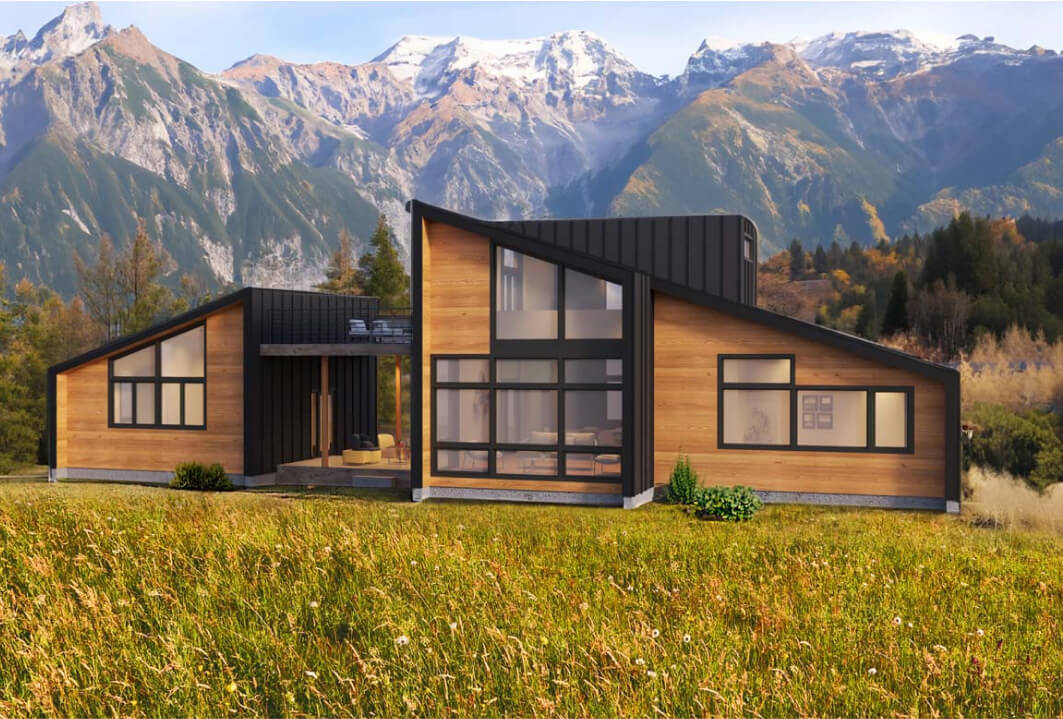
Evolve 1820 Portfolio Plan

Homeowner Stories
Lindal has built over 50,000 custom homes since 1945, creating countless stories from happy homeowners. Below, we’ve shared some of our favorite reviews, stories, and project highlights.
